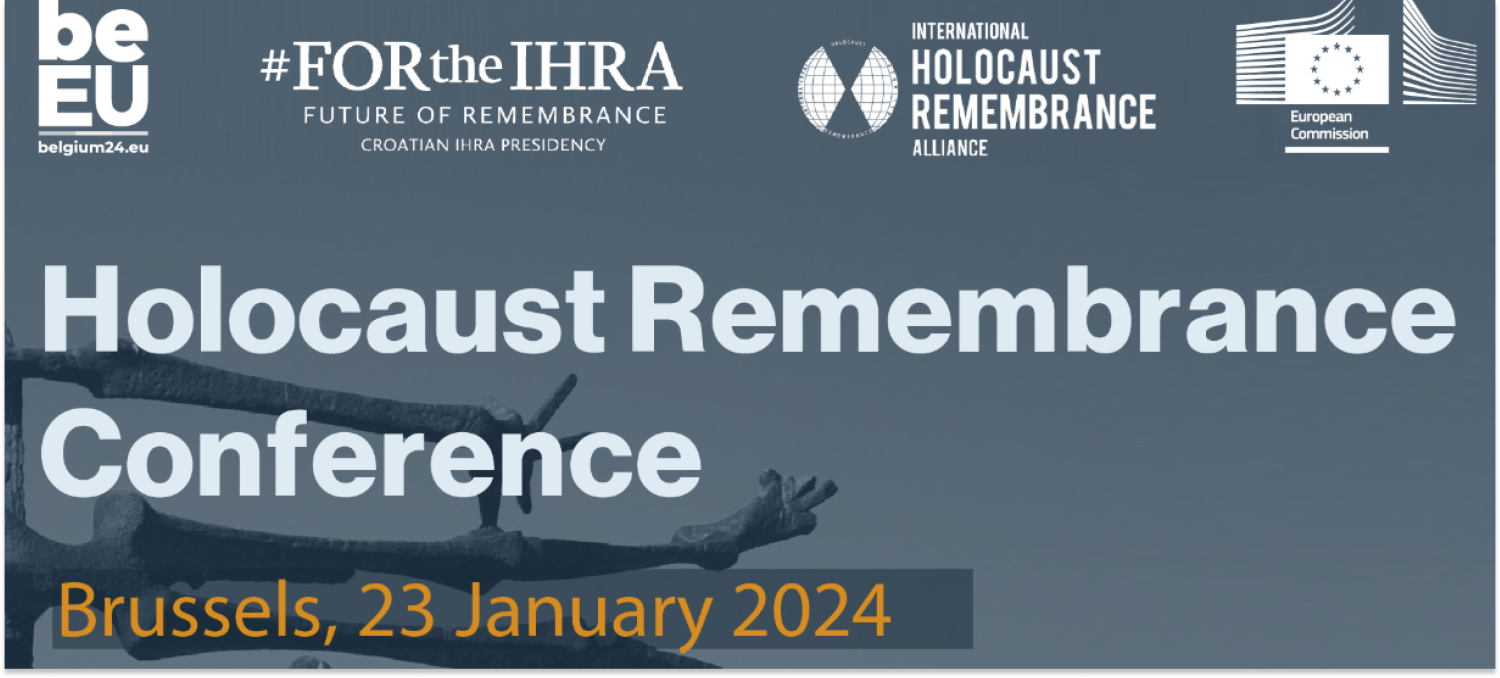
IHRA Co-Chairs Ambassador Terezija Gras and Sara Lustig speak at the 2024 Holocaust Remembrance Conference
23 January, 2024
Distinguished guests,
Excellencies,
Survivors and their families,
Dear colleagues and friends,
I learned about Auschwitz for most of my life. I first saw it when I was twelve years old. In winter. It was freezing. And my father, who had survived the camp, said, when you are older, you must see Birkenau in the spring, only then will you understand.
I first visited Birkeanau in April 2011. I was invited to the March of the Living, to address the third generation, the thousands of young people from all over the world, who unite and walk from Auschwitz to Birkenau on Yom HaShoah. Everywhere, but especially around the Birkenau ash pond, there are endless, silent fields, filled with tiny yellow flowers. These flowers thrive next to gas chamber walls where nail marks still show the desperation of prisoners trying to claw their way up towards air, not realizing that these were their final moments.
And I understood what my father meant: at Birkenau life and death co-exist, just as they did in the gray zone of the Holocaust. That there is always proof of life, even at sites of certain death. On that day, as I addressed the third generation in the name of the second, I felt great optimism. These young people, just like the yellow flowers, embody proof of life. Their commitment to Holocaust education and remembrance, the symbolism of the March of the Living and its contrast to the death marches, this is, they are, the future of remembrance.
Ladies and gentlemen,
To understand the significance of the March of the Living, we must understand the death marches. On 18 January 1945, nearly 60,000 prisoners were forcibly evacuated from the Auschwitz camp system. More than 15,000 people died during the marches and the snow engulfed their skeletal corpses. Others, left Auschwitz in the same way they arrived, once again loaded onto cattle cars and deported to camps such as Bergen-Belsen, a journey of 935 kilometers, to die from typhus or in my father’s case, be liberated by the British forces.
To understand the will power of the third generation, we must try to comprehend how a person retains humanity after endless systematic attempts at extermination. How many times can one person be humiliated, persecuted, deported, starved, tortured, frozen, yet live, in such extreme uncertainty?
The March of the Living recreates the defiance and the resilience of the survivors. These young people march to reclaim the disempowerment of the Jewish people during the Shoah. But, without the authentic site, this would not be possible.
Between 1933 and 1945, Nazi Germany, its allies and collaborators established more than 42,000 camps, incarceration sites and ghettos across Europe. Like Auschwitz-Birkenau, these sites contain millions of stories, a warning from our collective history that the unthinkable is always possible.
Today we are concerned that not one of these sites is entirely safeguarded. We are shocked that one in 20 Europeans has never heard of the Holocaust. Antisemitism did not end with liberation or in 1945. Today we are experiencing an unprecedented rise of antisemitism throughout Europe and beyond. Even memorials to those murdered during the Holocaust are targets of this growing hatred.
We have gone to great lengths to preserve the survivor’s universal legacy in order to prevent a similar abyss of civilization from reoccurring, however: have we done enough?
Dear esteemed guests (Ambassador Terezija begins),
Allowing these sites to fall into ruin or become victims of vandalism or other external threats is the first step in dismantling the foundations of our societies. If we let the walls crumble, and the stories within them lose their meaning, we are sending a message that this ideology is acceptable, and that this history is no longer important.
If the stories of the Holocaust are abundant – and protected – in the places where they happened, their impact will continue to reverberate through generations. In this way, sites will teach future generations that antisemitism and other forms of hatred are incompatible with Europe’s core values and represent a threat to our democratic, pluralistic societies. This is why countering Holocaust distortion and combating antisemitism is not just about protecting the past; it is about protecting the present and most importantly, it is about protecting the future.
Dear friends,
We cannot stand here today and say we are as optimistic as we were in 2011. In a world where Jewish people are removing Mezuzas from their doors and not sending their children to Jewish schools or campuses out of fear, the echoes of the Holocaust’s ethical lessons are hauntingly relevant. The European Commission and its Strategy on Combatting Antisemitism and Fostering Jewish Life, bears the torch for the action that must be taken.
Although we may not be optimistic, we are determined. Because today, we are honored to launch the IHRA Charter for Safeguarding Sites, which was recently adopted by all 35 IHRA Member Countries in Zagreb. This is a powerful tool to protect the record of the Holocaust.
The IHRA Charter, lays out safeguarding principles, practices, responsibilities, and common threats to sites, thus enabling sites to continue to authenticate history, in the same way the survivors did.
We are aware that nothing and no one will ever replace the survivors and the witnesses of the Holocaust, for they remain the only true experts of the most documented genocide in history.
However, the sites do speak, if we listen. It will take time for us to learn how to interact and for now, we must start to speak their language. Today as we launch the IHRA Charter for Safeguarding Sites, we begin that journey. We do it with ownership. We do it with purpose. We do it together.
We ask you all to join us in this journey to safeguard sites, to implement the Charter, to share it in your networks.
And as we do so, we think about those victims and survivors who are no longer with us, we cling to the stories they told us. We remember the lives they lived in places where death was imminent. And we march forward.
May their memory live on, woven throughout the 44,000 sites across Europe. May it forever be a pillar that combats antisemitism and counters Holocaust distortion. May it be a blessing for the future. A future of remembrance.



